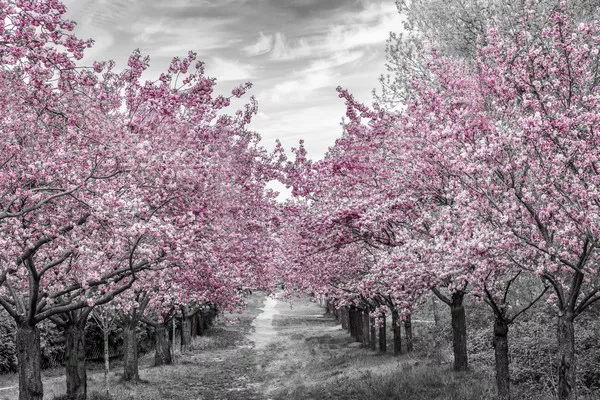Colorado State University’s vibrant “flower power” showcase, the Flower Trial Gardens, has become a captivating spectacle in Fort Collins. Not only is it a local attraction, but it also stands as a highly interactive and colorful science project on the university campus. Amid their annual competition, these gardens are inviting the public to participate in voting alongside green industry experts to crown the best plants of 2023.
Maintained by the department of horticulture and landscape architecture, with the dedicated assistance of student employees, the gardens host over 1,000 plant varieties adjacent to the University Center for the Arts. These blooming marvels draw in visitors, students, and scientists throughout the warmer months, ensuring that the unpredictable frosts of Colorado stay at bay from May to October.
The present time offers an excellent opportunity to stroll through the garden and cast votes for the year’s finest flowers.
Linda Aley, a visitor to the gardens, shared her favorite, saying, “The salvia — the red one on the corner — I think that’s my favorite… The hummingbirds go nuts for it.”
The Flower Trial Gardens were inaugurated in 1971 and moved to their current location on Remington Street in 2000. The garden’s website notes a sprawling 5,000 square feet of bedding space and an expansive 20,000 square feet of total planting area. In 2016, the University Center for the Arts was officially designated as the permanent home for this beloved flowery research endeavor, leaving the W.D. Holley Plant Environmental Research Center for new development.
Due to its proximity to the Perennial Trials and the Annual Flower Trial across the street, the garden site has earned the moniker “Fort Collins Garden and Art District,” as stated on the website.
David Staats, a research associate for the College of Agricultural Sciences, has witnessed the garden’s evolution over the past three decades.
“Just go out and enjoy it,” Staats encouraged. “(We’re) glad to have visitors. And invite your friends — we do this every year.”
The public’s feedback holds significant value for both researchers and industry professionals who evaluate the competition.
“You can probably vote all the way through September,” Staats explained. However, the real deadline is determined by Colorado’s first frost, marking the flowers’ departure from the competition.
Staats highlighted the varying performances of different flowers as the season progresses: “The begonias — they’ll just keep looking better and better right up until the very first frost, whereas some other plants will start looking tired.”
While individual preferences abound, this year’s victors remain uncertain.
“I like one called Supertunia Mini Vista, and it comes in a whole bunch of different colors,” Staats shared. “You can see them from across the garden — they really stand out. Every single color is very impressive.”
Erin Simpson, a student employee caring for the plants between classes, voiced her preference: “I like the GEM series from Lantana… They also smell really nice — like grapefruit. It’s called GEM Citrine.”
Simpson recounted a summer of dedicated work alongside fellow student-workers, nurturing the garden with care.
“I’ve worked with them all summer, so they’re like my little children, and I’m watching them grow up,” Simpson expressed, overseeing the flower beds she tended for 40 hours a week. “Now that we’re all back in school, we all just pop in when we can. Today I don’t have a class until noon, so I’m going to weed until 11:30.”
As the flowers continue their trials until winter arrives, the garden remains a lively space, buzzing with pollinators and welcoming guests. After industry professionals complete their evaluations and the flowers conclude their journey, the eagerly awaited winners will be revealed, securing their place in next year’s esteemed “Best of Bed” category.


